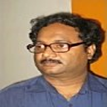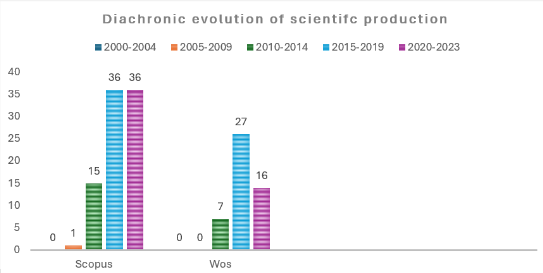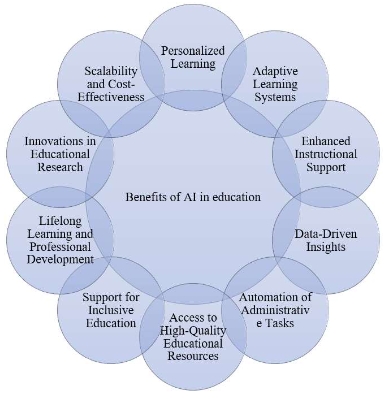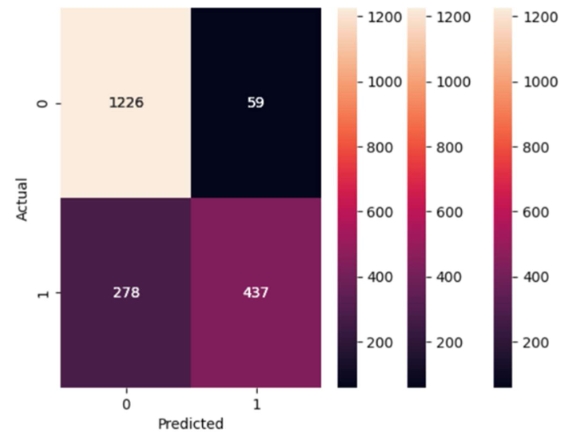Exploring interest and familiarity in science skills across teacher training stages
Abstract
Skills in scientific processes are part of scientific literacy and constitute a very important component of science teaching. However, there are few studies that determine how key factors in scientific literacy change throughout the educational process. This research examines how familiarity and interest in science processes evolve throughout the education of future teachers. The study involved 200 students from different educational stages: 41 students from secondary education; 67 students from high school; 69 students from bachelor’s degree in education; and 23 students from the secondary education master’s program from different educational centers in the Valencian community. Data collection instruments included a validated closed-question questionnaire, as well as a discussion group with a representative group of students aimed at better understanding the quantitative data, thus combining quantitative and qualitative methods of data analysis. Overall, it is observed that familiarity and interest in science processes improve throughout the educational stages. Based on these results, the need for a change in science education from an early age is suggested to improve students’ understanding and contextualization of science in their daily lives.
References
[1]Miklos T. National security and climate change: Prospective, scenarios and strategies. XXI Century Editores México; 2019.
[2]Osborne, Jonathan. Teaching scientific practices: Meeting the challenge of change. Journal of Science Teacher Education. 2014; 25(2): 177-196.
[3]Ordovás JM, Esteban M, García-Retamero R, et al. GTM report on changes in the Science, Technology and Innovation System (SCTI). In: Ministry of Science and Innovation (Spain). Ministerio de Ciencia e Innovación (España); 2020.
[4]Bosch HE, Di Blasi MA, Pelem ME, et al. New pedagogical paradigm for teaching science and mathematics. Advances in Science and Engineering. 2011; 2(3): 131-140.
[5]Córdova Frunz JL. The teaching of science. Scientific literacy or science for future scientists. Chemical Education. 2005; 16(3): 398-403.
[6]LOMLOE. Organic Law of Modification of the Organic Law (LOE) 2/2006. BOE; 2020.
[7]NRC. National Science Education Standards. Washington, DC: National Academy Press; 1996.
[8]NRC. National Science Education Standards. Washington, DC: National Academy Press; 2000.
[9]Geier R, Blumenfeld PC, Marx RW, et al. Standardized test outcomes for students engaged in inquiry‐based science curricula in the context of urban reform. Journal of Research in Science Teaching. 2008; 45(8): 922-939. doi: 10.1002/tea.20248
[10]Granger EM, Bevis TH, Saka Y, et al. The Efficacy of Student-Centered Instruction in Supporting Science Learning. Science. 2012; 338(6103): 105-108. doi: 10.1126/science.1223709
[11]Bybee RW. Scientific and Engineering Practices in K-12 Classrooms: Understanding. Science Scope. 2011; 35(4): 6.
[12]Padilla M. The science process skills (Research matters—to the science teacher No. 9004). Available online: http://www.narst.org/publications/research/skill.cfm (accessed on 1 January 2024).
[13]Maison M, Darmaji D, Astalini, et al. Science process skills and motivation. Humanities & Social Sciences Reviews. 2019; 7(5): 48-56. doi: 10.18510/hssr.2019.756
[14]Miles E. In-Service Elementary Teachers’ Familiarity, Interest, Conceptual Knowledge, and Performance on Science Process Skills [Master’s thesis]. Southern Illinois University at Carbondale; 2010.
[15]Verdugo-Perona JJ, Solaz-Portolés JJ, Sanjose V. Didactic content knowledge of science: state of art. Cadernos de pesquisa. 2017; 47: 586-611.
[16]Porlán Ariza R, Martín del Pozo MR, Rivero García A, et al. The change of Science I teachers: Theoretical and training framework. Science Teaching: Journal of Research and Teaching Experiences. 2010.
[17]Peña FLM, Peña,FEM, Sánchez JDA. Teacher training and its adaptation to the TPACK Model. Pedagogical Sciences and Innovation Magazine. 2017; 5(1).
[18]Grimalt-Álvaro C, Couso D. What do we know about the STEM positioning of students? A systematic review of the literature. Journal of Educational Research. 2022; 40(2): 531-547. doi: 10.6018/rie.467901
[19]Grimalt-Álvaro C, Couso D, Boixadera-Planas E, Godec S. I see myself as a STEM person: Exploring high school students’ self-identification with STEM. Journal of Research in Science Teaching. 2022; 59(5): 720-745. doi: 10.1002/tea.21742
[20]Skinner A, Diller D, Kumar R, et al. Development and application of a multi-modal task analysis to support intelligent tutoring of complex skills. International Journal of STEM Education. 2018; 5(1). doi: 10.1186/s40594-018-0108-5
[21]Ortega Torres E. Training of future STEAM teachers: Comparison between primary degree students and secondary master’s degree students. Journal of Technology and Science Education. 2022; 12(2): 484. doi: 10.3926/jotse.1319
[22]Solaz-Portolés JJ, Atiénzar Serrano S, Sanjosé López V. Familiarity and interest in the processes of science of Secondary Education students. Lasallian Research Magazine. 2016; 13(2): 98-102. doi: 10.22507/rli.v13n2a9
[23]Aristizabal C, Restrepo M. Inferences over a narrative text in contexts of interaction in early education. Universitas Psychologica. 2012; 11: 559-570.
[24]Tonucci. The real reform begings after three years. Revista Investigación en la Escuela. 1995; 33, 5-16.
[25]Ortega-Torres E, Solaz-Portoles JJ, Sanjosé-López V. Inter-Relations among Motivation, Self-Perceived Use of Strategies and Academic Achievement in Science: A Study with Spanish Secondary School Students. Sustainability. 2020; 12(17): 6752. doi: 10.3390/su12176752
[26]Ramírez-Echeverry J, Garcia A, Olarte F. Adaptation and validation of the motivated strategies for learning questionnaire-MSLQ-in engineering students in Colombia. International Journal of Engineering Education. 2016; 32(4): 1774-1787.
[27]Rubio MJ, Varas J. The analysis of reality in social intervention: research methods and techniques. Métodos y técnicas de investigación, 2004; 3.
[28]Friberg F, Öhlen J. Searching for knowledge and understanding while living with impending death—a phenomenological case study. International Journal of Qualitative Studies on Health and Well-being. 2007; 2(4): 217-226.
[29]Vázquez-Alonso Á, García-Carmona A, Manassero-Mas MA, Bennassar-Roig A. Spanish secondary-school science teachers’ beliefs about Science-Technology-Society (STS) Issues. Science & Education. 2013; 22: 1191-1218.
[30]Torres RM. Literacy and lifelong learning. Inter-American Journal of Adult Education. 2006; 28(1): 25-38.
[31]BBVA Foundation. Study on Scientific Culture in Europe. Available online: https://www.fbbva.es/wp-content/uploads/2023/01/Estudio-Cultura-Cient%C3%ADfica-en-Europa-Fundaci%C3%B3n-BBVA.pdf (accessed on 12 March 2024).
[32]Kelley TR, Knowles JG, Holland JD, Han J. Increasing high school teachers self-efficacy for integrated STEM instruction through a collaborative community of practice. International Journal of STEM Education. 2020; 7: 1-13.
[33]Knowles J, Kelley T, Holland J. Increasing teacher awareness of STEM careers. Journal of STEM Education. 2018; 19(3).
Copyright (c) 2024 Enric Ortega-Torres, Esther Gamero Sandemetrio

This work is licensed under a Creative Commons Attribution 4.0 International License.









